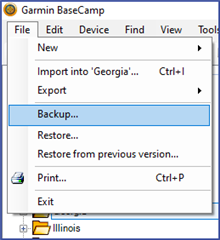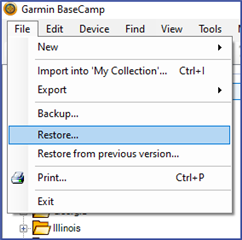I was away from home for a while and thought I'd take the time to clean up many years of my "organically evolved" Basecamp folder and list organization. I made a copy of the database on my laptop, deleted the extraneous folders and cleaned up the important stuff. I was hoping to export as a GDB and import that back to my home database. No luck. It comes in as a flat list. I can't find a way to export or otherwise transfer from one db to another while maintaining the folder and list structure.
Is there a way or do I need to redo my work on my home Basecamp db?





